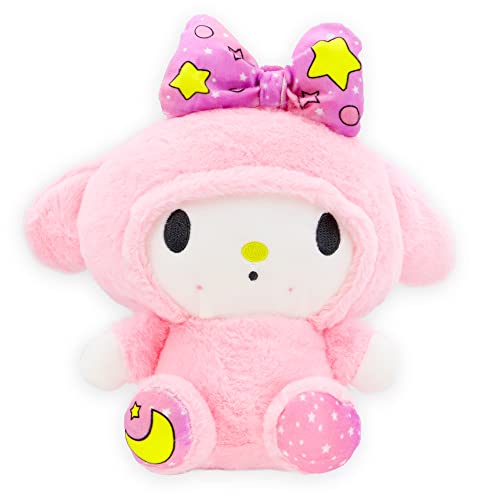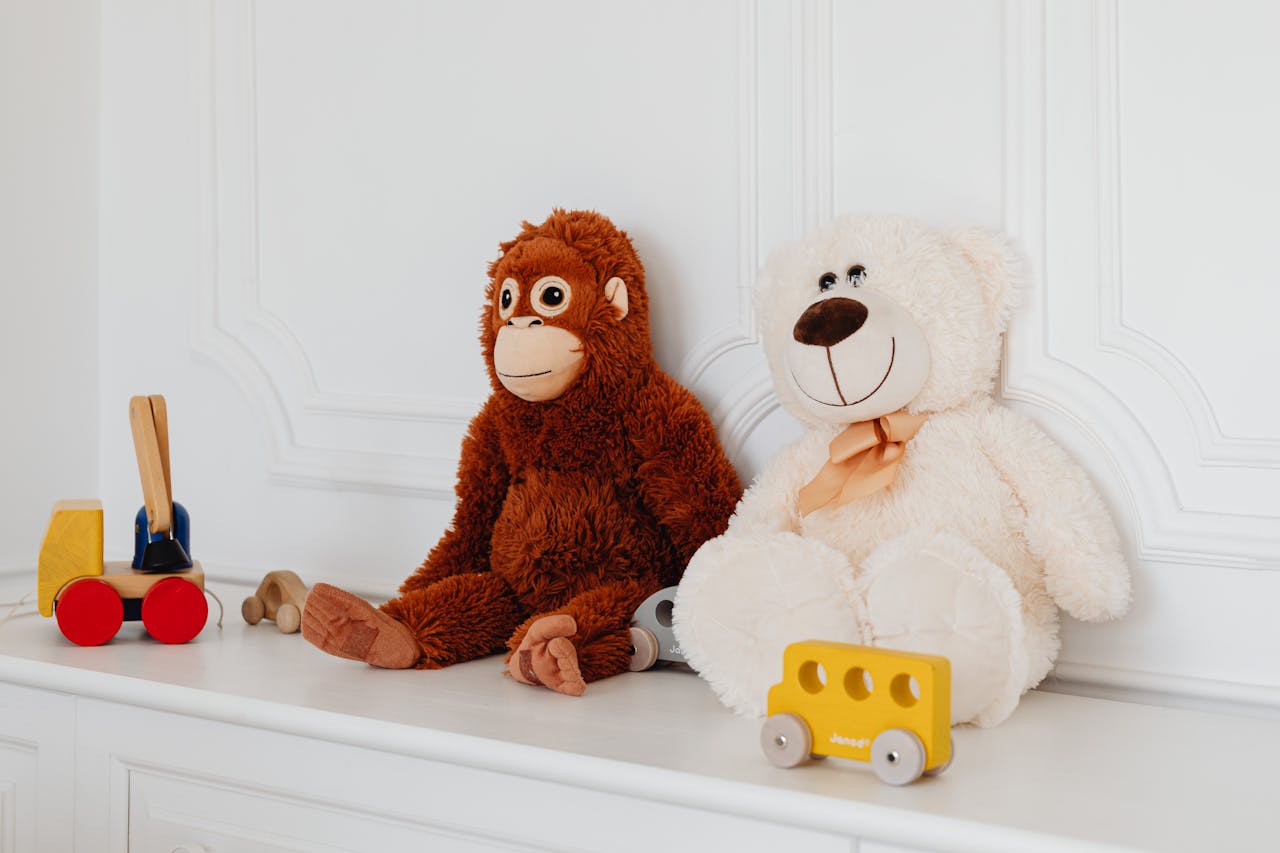Kawaii characters have a rich history rooted in Japanese culture. The term "kawaii," which translates to "cute" or "lovable," began making waves in the 1970s as a part of youth culture in Japan. It was during this time that the concept of cuteness started to take on a life of its own, influencing fashion, art, and, most importantly, character design. From playful illustrations to plush toys, the idea of adorability became a cornerstone of Japanese entertainment.
- As we explore what are kawaii characters, we quickly see they often embody features that evoke affection and warmth.
Typical traits include big eyes, rounded shapes, and endearing expressions. These elements are designed to grab our hearts and spark feelings of nostalgia or happiness. Some of the earliest kawaii characters, like Hello Kitty, perfectly encapsulated this idea, becoming icons not just in Japan but globally.
- The rise of kawaii culture extended beyond just characters; it became a lifestyle.
It found its way into various aspects of Japanese society, from consumer products to media representation. Manga and anime exploded with characters possessing these charming traits, further solidifying kawaii as a staple in contemporary culture. Today, when we ask ourselves what are kawaii characters, we recognize that they are a medium through which emotions, memories, and connections are expressed.
- In modern times, kawaii characters have adapted and evolved.
With the advent of social media, these charming figures have gained even more popularity, reaching wider audiences around the world. Their ability to transcend cultural boundaries shows just how powerful the allure of cuteness is. From fan art to merchandise, kawaii characters continue to capture hearts everywhere, reminding us of the simple joys tucked within their charming designs.
Features That Make Them Cute
Kawaii characters are loved by people of all ages, and there are several features that make them undeniably cute.
One of the most prominent characteristics is their exaggerated facial expressions.
Big, sparkling eyes and tiny noses give these characters a childlike innocence that instantly draws people in. When you see a character with oversized features, it taps into a sense of nostalgia and warmth, reminding us of the simplicity of childhood.
Another element that contributes to the cuteness of kawaii characters is their simplistic design.
These characters often have rounded shapes and soft lines, which create a sense of comfort and approachability. With minimalistic details, they focus on expressing emotions and personality through their poses and facial cues. This simplicity makes it easy for anyone to relate to them, sparking joy and happiness in an instant.
Color also plays a significant role in defining what are kawaii characters.
Bright and pastel colors are commonly used to enhance their charm. Soft pinks, blues, and yellows evoke feelings of playfulness and warmth, making the characters appear friendly and inviting. The use of these cheerful colors can instantly lift the mood of anyone who encounters them, making them truly irresistible.
Lastly, kawaii characters often have endearing traits or hobbies that make them even more relatable.
Whether it's a fluffy animal with a love for baking or a quirky creature that enjoys exploring, these attributes add layers of personality to each character. This not only makes them cute but also endears them to fans, as everyone loves to see a character they can connect with on a personal level.
Popular Kawaii Characters Today
Kawaii characters have captured the hearts of fans all around the world, making them a beloved part of pop culture. But what are kawaii characters? These cute and endearing figures often feature oversized heads, big eyes, and adorable traits that make them irresistible. In today’s world, several characters stand out as particularly popular in the kawaii category.
- One of the most iconic kawaii characters is Hello Kitty.
Since her debut in 1974, this charming little cat has become a symbol of cuteness, appearing on merchandise, clothing, and even in games and shows. Hello Kitty's simplistic design and friendly demeanor make her a classic representation of what are kawaii characters.
- Another fan favorite is Pikachu, the adorable yellow Pokémon.
Known for its electric powers and playful personality, Pikachu embodies the kawaii spirit with its friendly nature and cute appearance. Pokémon's wide appeal has introduced many to the concept of what are kawaii characters and has helped solidify Pikachu as a mascot of cuteness.
- Additionally, we have Gudetama, the lazy egg with a relatable personality.
This character resonates with many for its laid-back attitude and funny expressions, showcasing another side of kawaii culture. Gudetama's unique take on cuteness highlights how varied what are kawaii characters can be, catering to different emotions and experiences.
The Impact of Kawaii Culture
Kawaii culture, originating from Japan, has made a significant impact globally, shifting the way we perceive cuteness and its role in our lives. This delightful phenomenon is not just about cute characters; it is a movement that influences fashion, design, and even attitudes. People from all walks of life are drawn to the charm and innocence embodied in kawaii characters, creating a sense of joy and comfort that transcends language and borders.
When exploring what are kawaii characters,
it’s essential to understand how they evoke feelings of happiness and warmth. These characters often feature big eyes, round shapes, and exaggerated expressions, making them irresistible to people of all ages. From Hello Kitty to Pikachu, these figures have transcended their original forms, becoming icons in various media. The widespread appeal of kawaii characters fosters a shared emotional experience, connecting fans and promoting positivity in everyday life.
The influence of kawaii culture can also be seen in modern consumer trends.
Fashion, home decor, and even food have embraced this aesthetic, leading to a surge in products adorned with cute characters. Items featuring kawaii designs encourage creativity and self-expression, allowing individuals to showcase their unique personality. Furthermore, the rise of social media has amplified this trend, enabling the sharing of kawaii art and designs, which helps to spread the joy of these characters around the world.
Additionally, kawaii culture plays a role in mental health and well-being.
The playful nature of kawaii characters offers an escape from the stresses of daily life. Engaging with these cheerful designs can evoke nostalgia, reminding individuals of their childhood and simpler times. This connection fosters a sense of community among fans who celebrate the joy and innocence of what are kawaii characters, emphasizing the importance of happiness in a fast-paced world.




